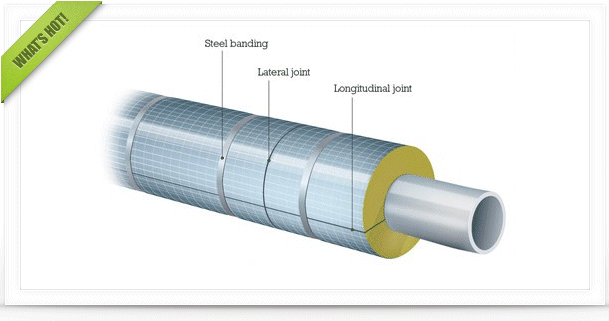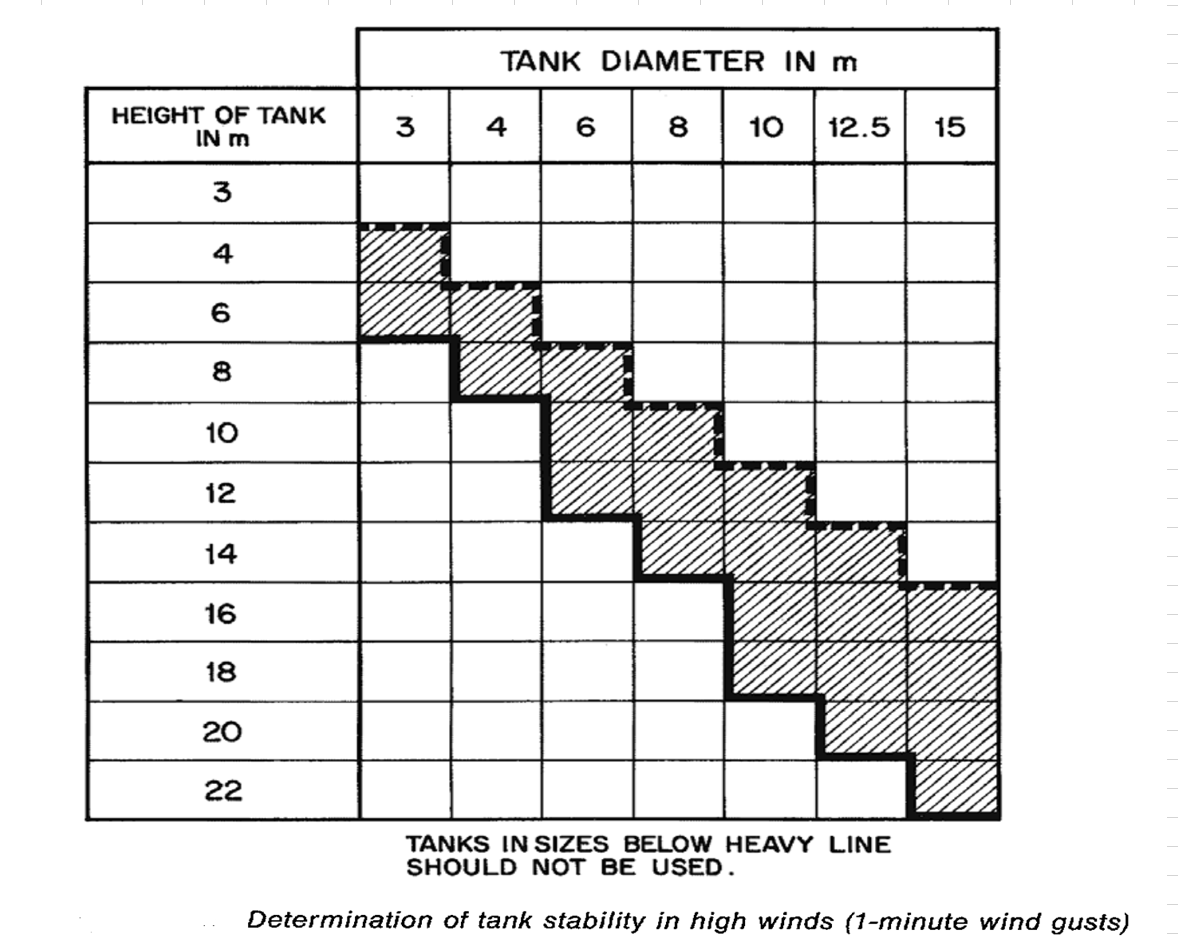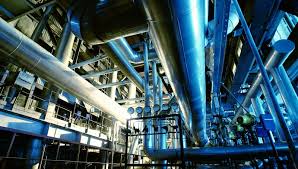|
|
Methanol Storage And Transport
Started by Nightwish, Aug 24 2011 05:46 AM
8 replies to this topic
Share this topic:
#1

Posted 24 August 2011 - 05:46 AM
Dear all,
I have never design a system of Methanol Storage. So, I need your help of which is common practice of this kind of facility.
I am planning to design a Methanol Storage and Unloading Facility from Waggon.
1. Some resources are advising Coned roof Tank with N2 blanketing, some of them Floating Roof and some of them Coned roof with IF Roof Tank. My intension is to have Coned Tank with IF Roof and open vents. The IF roof will be enough to segregate methanol vapor from air. Or should I have IF Roof together with N2 blanketing and PVV?
2.For Methanol Unloading Facilities, since we cannot control the level of the waggon, this has potential of operating the Centrifugal pump dry when reaching the bottom. My intension is to have PD type pump (screw, gear or rotary), that have more tolerance of dry operation. Or is there any control mechanism for centrifugal pump for this case?
3.Since we are unloading the waggon, to prevent vacuum is it common practise to make a N2 blanketing or PVV/Vacuum breaker with flame arrester is enough?
Thank you in advance
I have never design a system of Methanol Storage. So, I need your help of which is common practice of this kind of facility.
I am planning to design a Methanol Storage and Unloading Facility from Waggon.
1. Some resources are advising Coned roof Tank with N2 blanketing, some of them Floating Roof and some of them Coned roof with IF Roof Tank. My intension is to have Coned Tank with IF Roof and open vents. The IF roof will be enough to segregate methanol vapor from air. Or should I have IF Roof together with N2 blanketing and PVV?
2.For Methanol Unloading Facilities, since we cannot control the level of the waggon, this has potential of operating the Centrifugal pump dry when reaching the bottom. My intension is to have PD type pump (screw, gear or rotary), that have more tolerance of dry operation. Or is there any control mechanism for centrifugal pump for this case?
3.Since we are unloading the waggon, to prevent vacuum is it common practise to make a N2 blanketing or PVV/Vacuum breaker with flame arrester is enough?
Thank you in advance
#2

Posted 25 August 2011 - 11:00 PM
1.
Fixed roof v/s floating roof decision will depend on tank capacity, N2 availability, losses depending on unloading rate, thermal variation. We have both fixed roof as well as floating roof tanks for methanol.
Fixed roof tank - Lower capacity shift tank(100 MT), in the plant battery limits, N2 requirement is ~ 200 NM3/hr (API2000). Flame arrestor is installed along with vacuum protection valve.
Floating roof tank - Four main storage tanks of 2400 MT capacity each. N2 blanketing or flame arrestor is not required.
2.For Methanol Unloading Facilities,
We do not unload Methanol quite often, but do have unloading facility. Unloading pump is centrifugal type. Road tanker emptying is physically confirmed. First indication is hunting in discharge line pressure gauge. As unloading is very rare for our complex (last time it was done couple of years back) we rely on operator presence in the field and confirm emptying physically.
3.Since we are unloading the waggon, to prevent vacuum is it common practise to make a N2 blanketing or PVV/Vacuum breaker with flame arrester is enough?
If you go for floating roof tank N2 blanketing or flame arrestor is not required. Disadvantage of floating roof is cost and difficult inspection & maintenance procedure. If you go for simpler fixed roof tank you will need N2 blanketing/vacuum protection & flame arrestor.
Addn info- we have water sprinkler and foam system as a safety measure. Water sprinkler opens on tank temp high switch. If you have more than one tank make sure to open sprinkler on all the tanks even if TS high appears on one tank.
Hope this helps you.
Fixed roof v/s floating roof decision will depend on tank capacity, N2 availability, losses depending on unloading rate, thermal variation. We have both fixed roof as well as floating roof tanks for methanol.
Fixed roof tank - Lower capacity shift tank(100 MT), in the plant battery limits, N2 requirement is ~ 200 NM3/hr (API2000). Flame arrestor is installed along with vacuum protection valve.
Floating roof tank - Four main storage tanks of 2400 MT capacity each. N2 blanketing or flame arrestor is not required.
2.For Methanol Unloading Facilities,
We do not unload Methanol quite often, but do have unloading facility. Unloading pump is centrifugal type. Road tanker emptying is physically confirmed. First indication is hunting in discharge line pressure gauge. As unloading is very rare for our complex (last time it was done couple of years back) we rely on operator presence in the field and confirm emptying physically.
3.Since we are unloading the waggon, to prevent vacuum is it common practise to make a N2 blanketing or PVV/Vacuum breaker with flame arrester is enough?
If you go for floating roof tank N2 blanketing or flame arrestor is not required. Disadvantage of floating roof is cost and difficult inspection & maintenance procedure. If you go for simpler fixed roof tank you will need N2 blanketing/vacuum protection & flame arrestor.
Addn info- we have water sprinkler and foam system as a safety measure. Water sprinkler opens on tank temp high switch. If you have more than one tank make sure to open sprinkler on all the tanks even if TS high appears on one tank.
Hope this helps you.
#3

Posted 06 September 2011 - 08:24 AM
Thank you Shah,
I already designed the tank with Fixed Roof Internally Floating Roof type. In some resources, it is advised to have both Internally floating toof type together with N2 blanketing which was quite strange for me.
What about on Wagon side? When emptying the wagon how do you perform the operation? Do just open a gauge hatch on top of the wagon and let the air to get in to prevent vacuum?
I already designed the tank with Fixed Roof Internally Floating Roof type. In some resources, it is advised to have both Internally floating toof type together with N2 blanketing which was quite strange for me.
What about on Wagon side? When emptying the wagon how do you perform the operation? Do just open a gauge hatch on top of the wagon and let the air to get in to prevent vacuum?
#4

Posted 06 September 2011 - 11:17 PM
Internal floating roof + N2 seems strange. We have a open vent on the cone top to vent out the IF roof top vapours to atmosphere. There are circulation vents on tank ~ 300 mm below the top of tank. Thus there is continues air circulation above the IFR. One would give a N2 blanketing if he envisages explosive mixture formation above IFR. We are operating our tanks since last 20 yrs and never faced any safety related problem.
Yes to prevent vacuum in the road tanker we open the top cover (filling cap) & let air in.
Yes to prevent vacuum in the road tanker we open the top cover (filling cap) & let air in.
#5

Posted 07 September 2011 - 07:00 AM
thanks Shah.. I feel more comfortable now 
#6

Posted 13 September 2011 - 07:38 PM
Hi ,
Consider these resources.
Hope this helps
Breizh
Consider these resources.
Hope this helps
Breizh
Edited by breizh, 16 September 2011 - 09:29 AM.
#7

Posted 20 September 2011 - 08:56 AM
Breizh, thank you very much I've already got through these resources. Now Im on Methanol unloading from Rail Tank Car part of the project. I am not sure if its safe to unload Methanol without any use of N2 for blanketing.
#8

Posted 20 September 2011 - 05:35 PM
The unit I'm aware , there is no N2 Blanketing during unloading .
Product is transferred to underground storage tank by gravity.
Others may comment.
Hope this helps
Breizh
Product is transferred to underground storage tank by gravity.
Others may comment.
Hope this helps
Breizh
#9

Posted 29 November 2011 - 01:29 PM
Hi, Concerning the wagon, this product is a "classical" flamable liquid. The railtanks are usually thick enough to withstand a vacuum of 0.5 to 0.9 bar. Moreover the dangerous goods regulations impose a minimum of 35 kpa vacuum. To unload the railtank, you use either N2 or the methanol gas phase from the storage tank.This is a common practice. RGDS
Similar Topics
Foam System Criteria For Hc Condensate Storage TanksStarted by Guest_Haideri_* , 28 Oct 2025 |
|

|
||
Storage Tank Relief LoadStarted by Guest_hum464_* , 10 Sep 2025 |
|

|
||
Refrigerated Storage Tank Vaccum Breaker CapacityStarted by Guest_Lyne_* , 13 Sep 2025 |
|

|
||
Is Emergency Venting Required For Polyethylene Storage Tank In Fire ScStarted by Guest_chem55_* , 01 Aug 2025 |
|

|
||
Discussion - Predict Storage Tank Heat Transfer Precisely By Jimmy D KStarted by Guest_raj shekhar_* , 25 Mar 2025 |
|

|

 FB
FB








